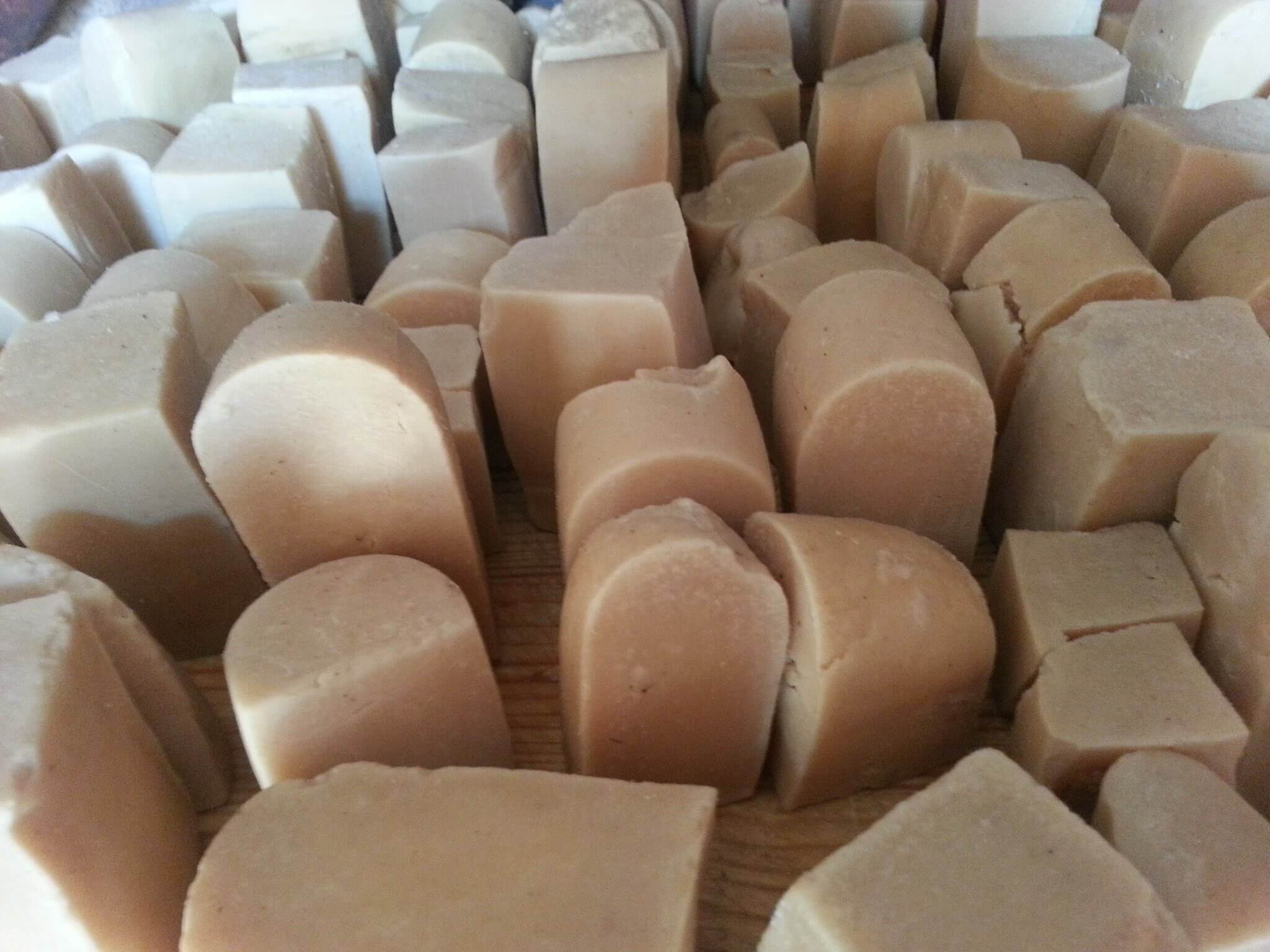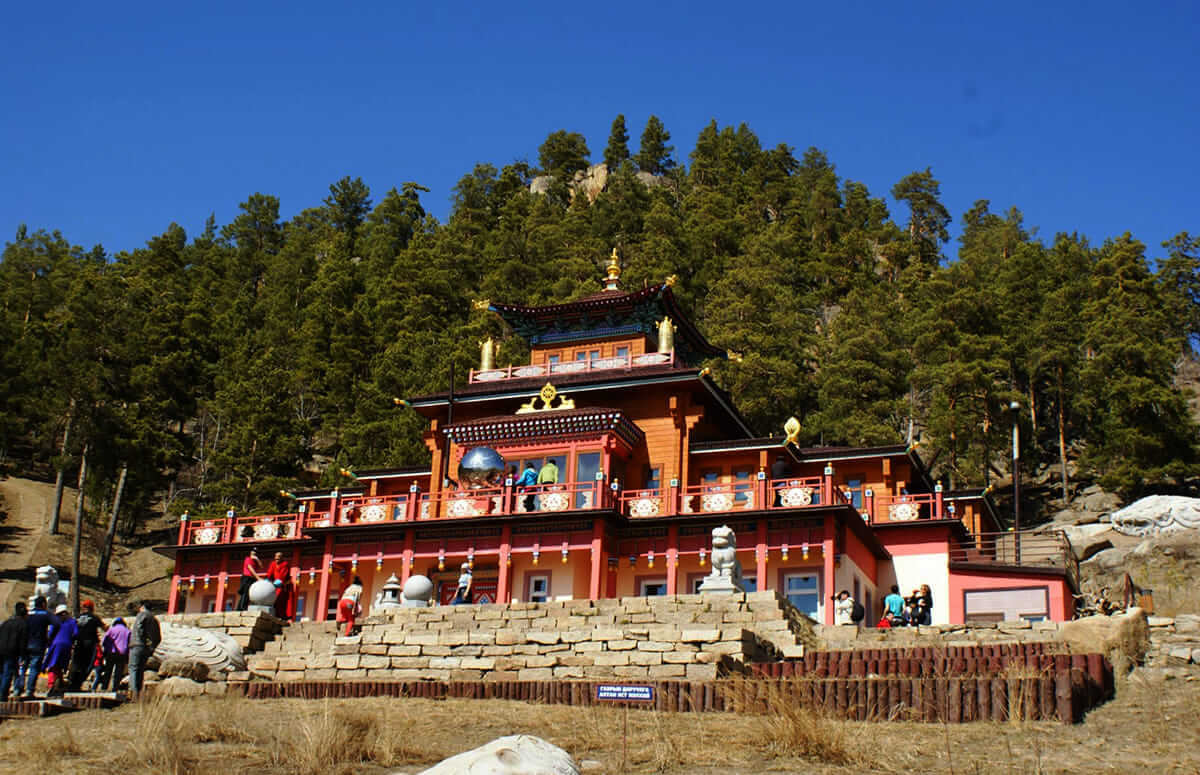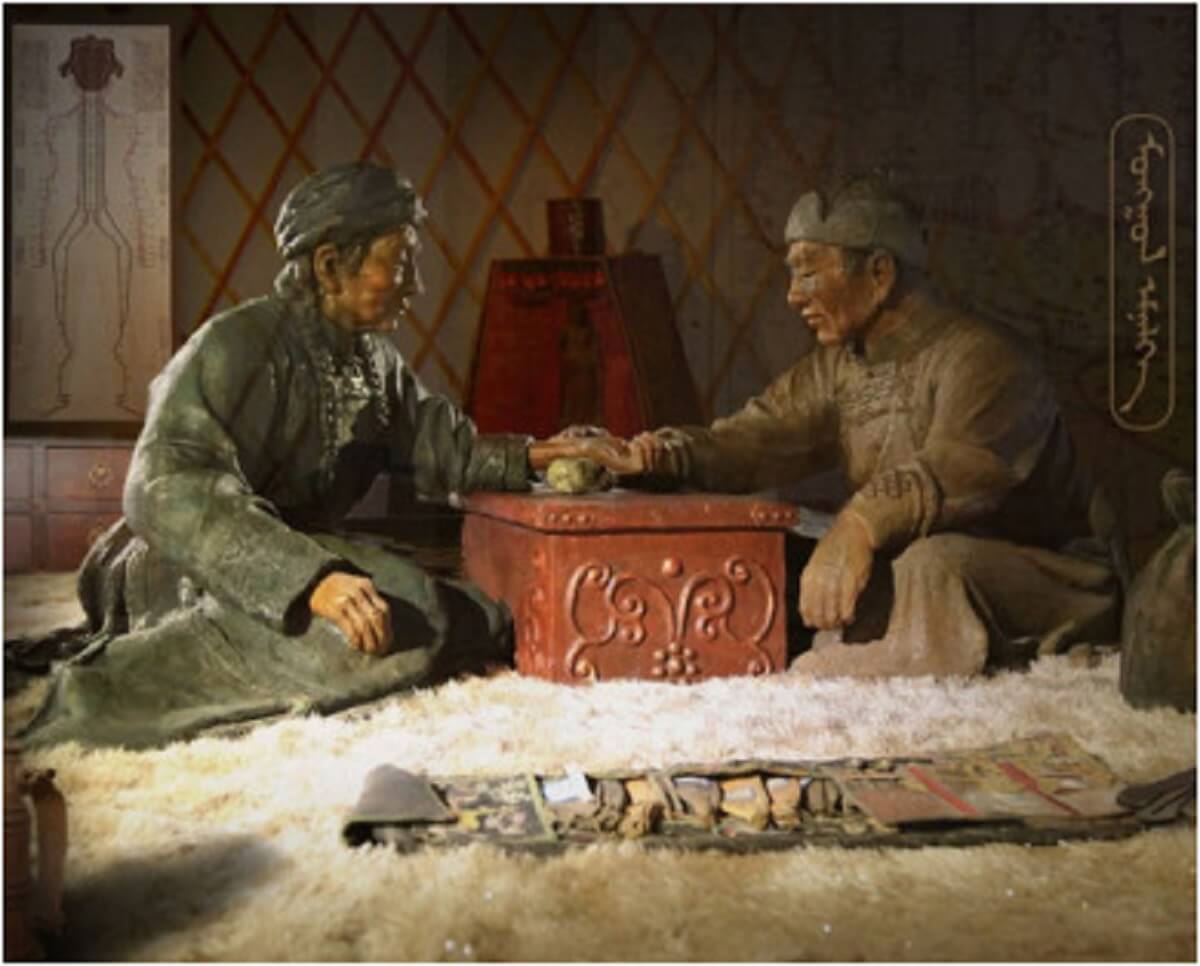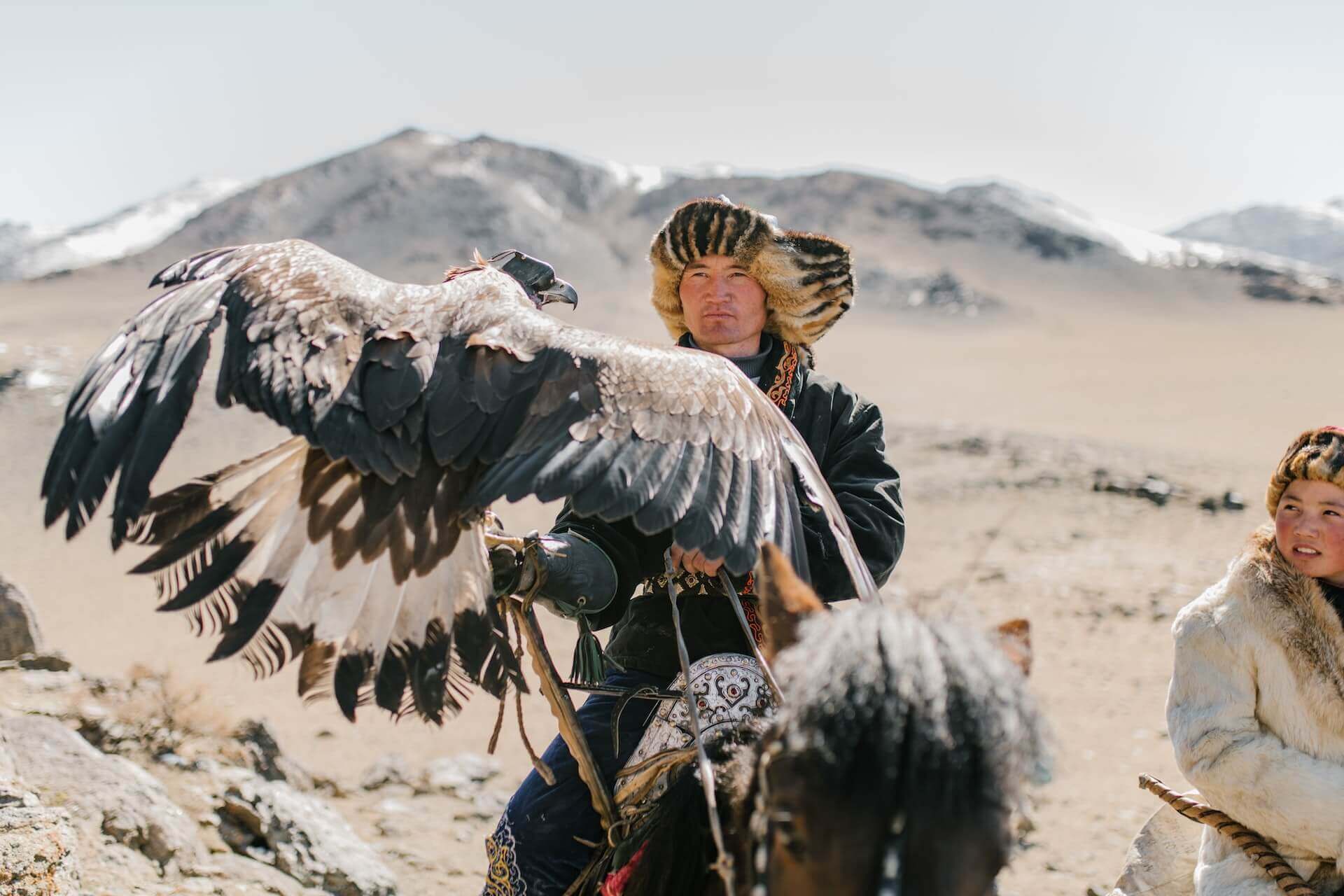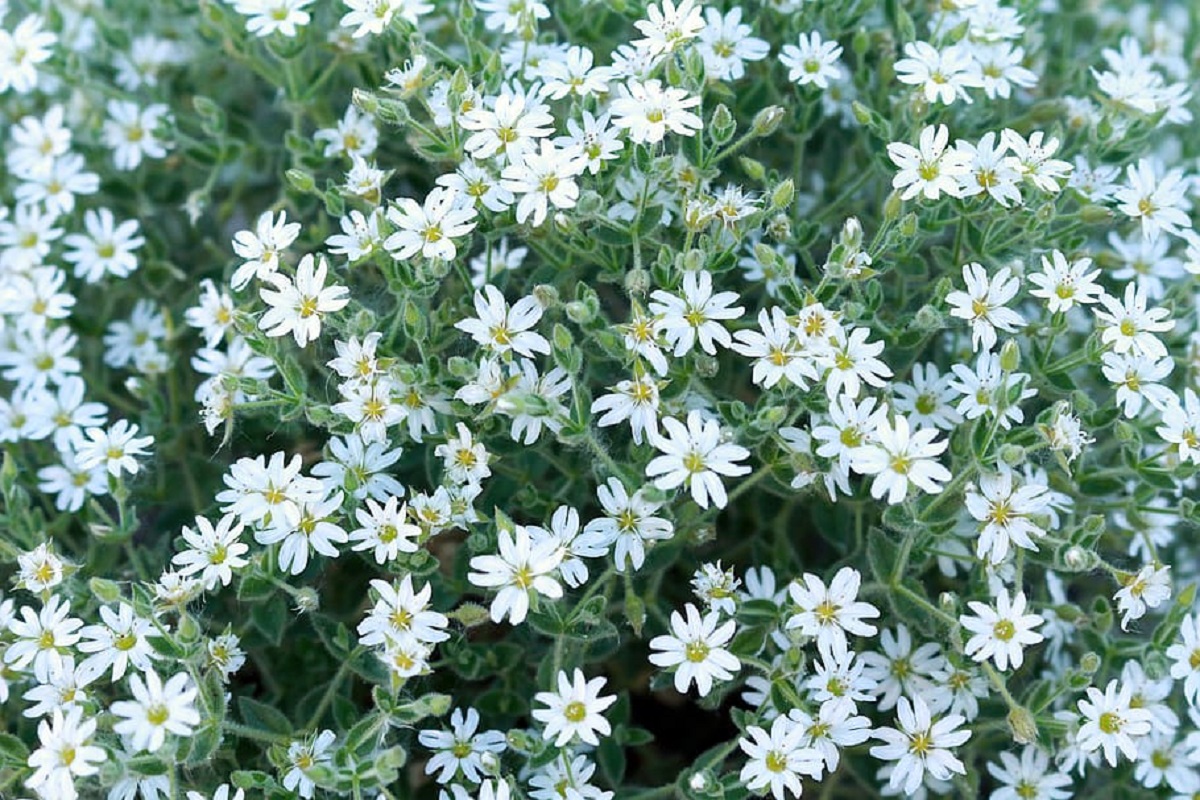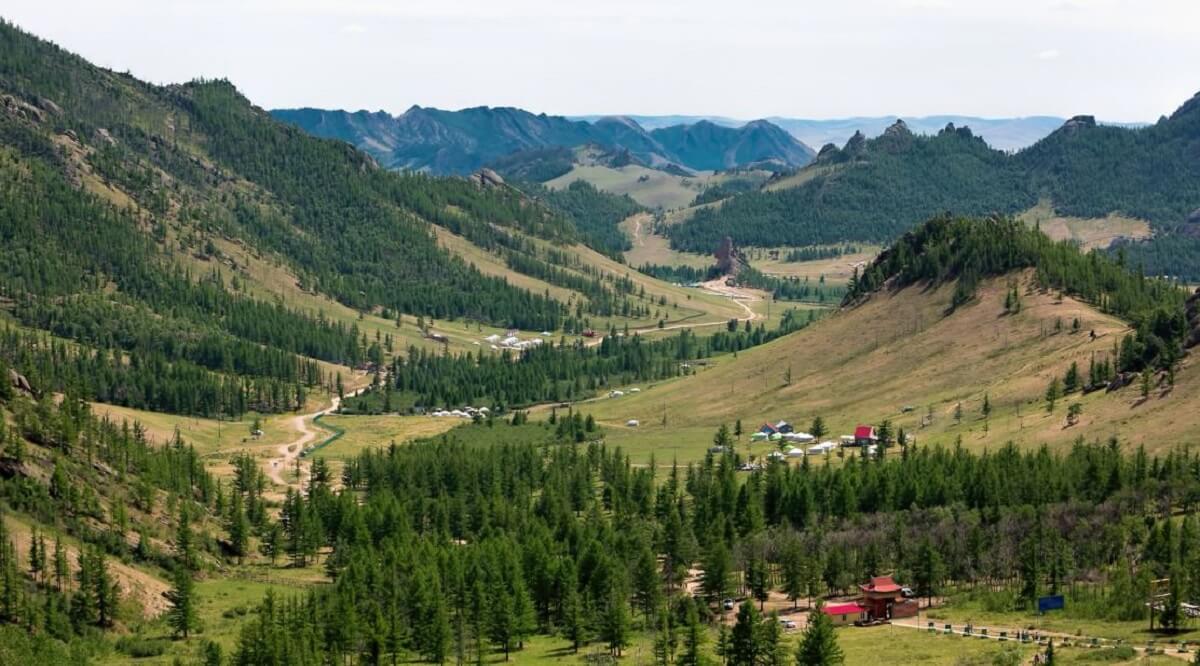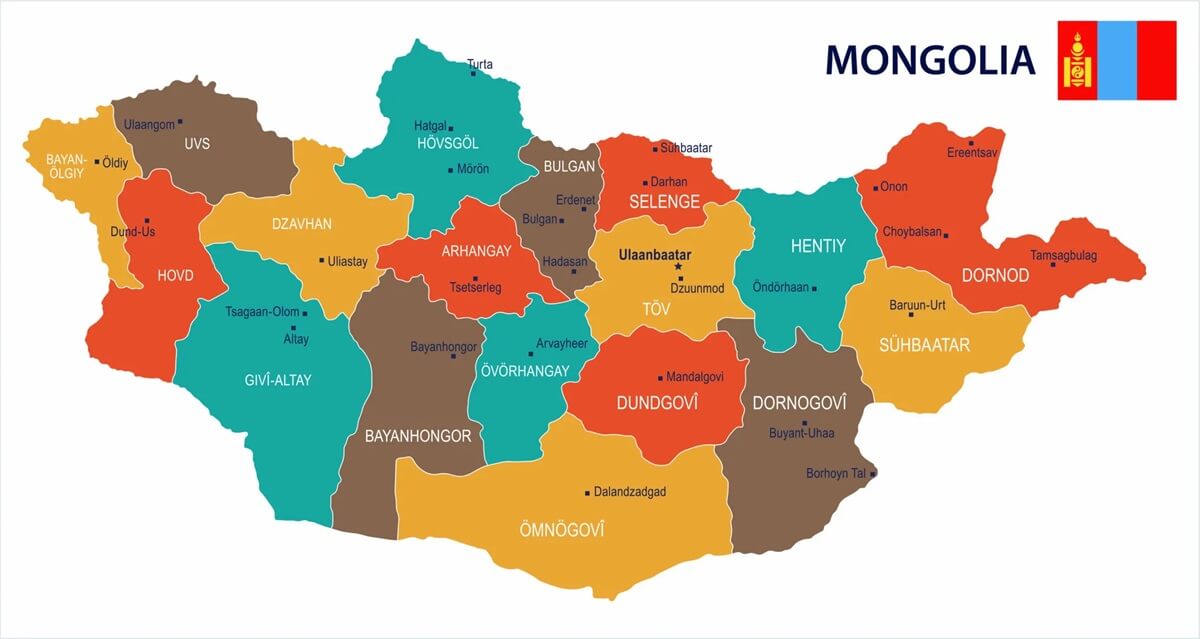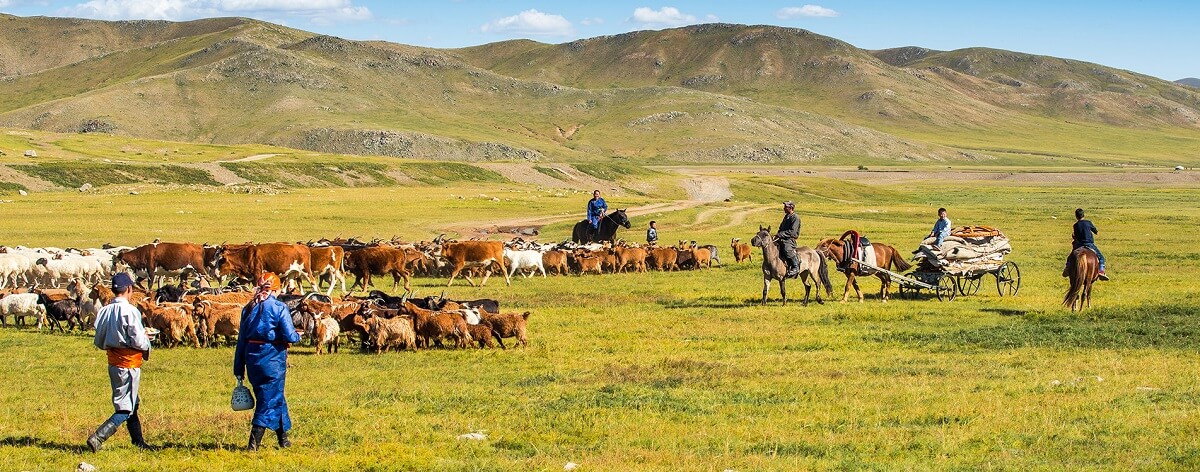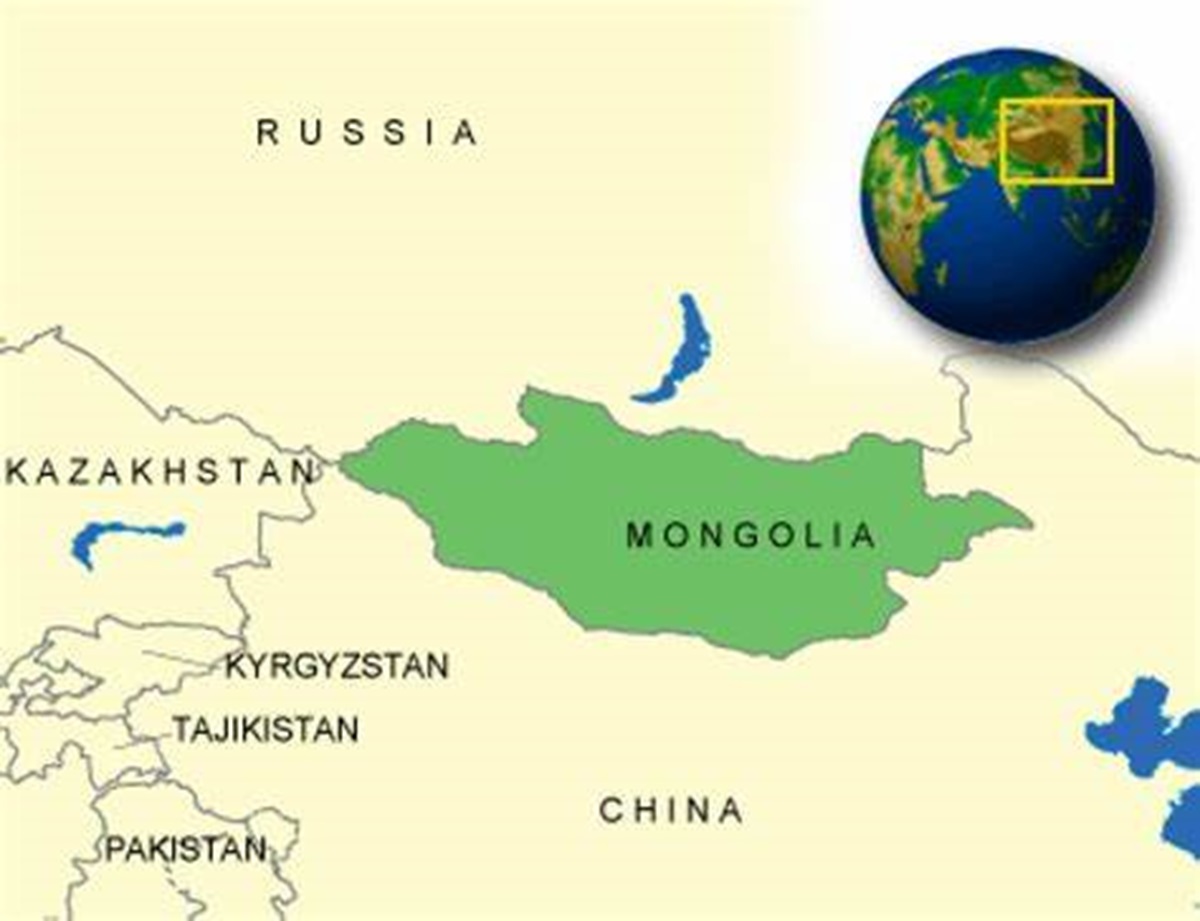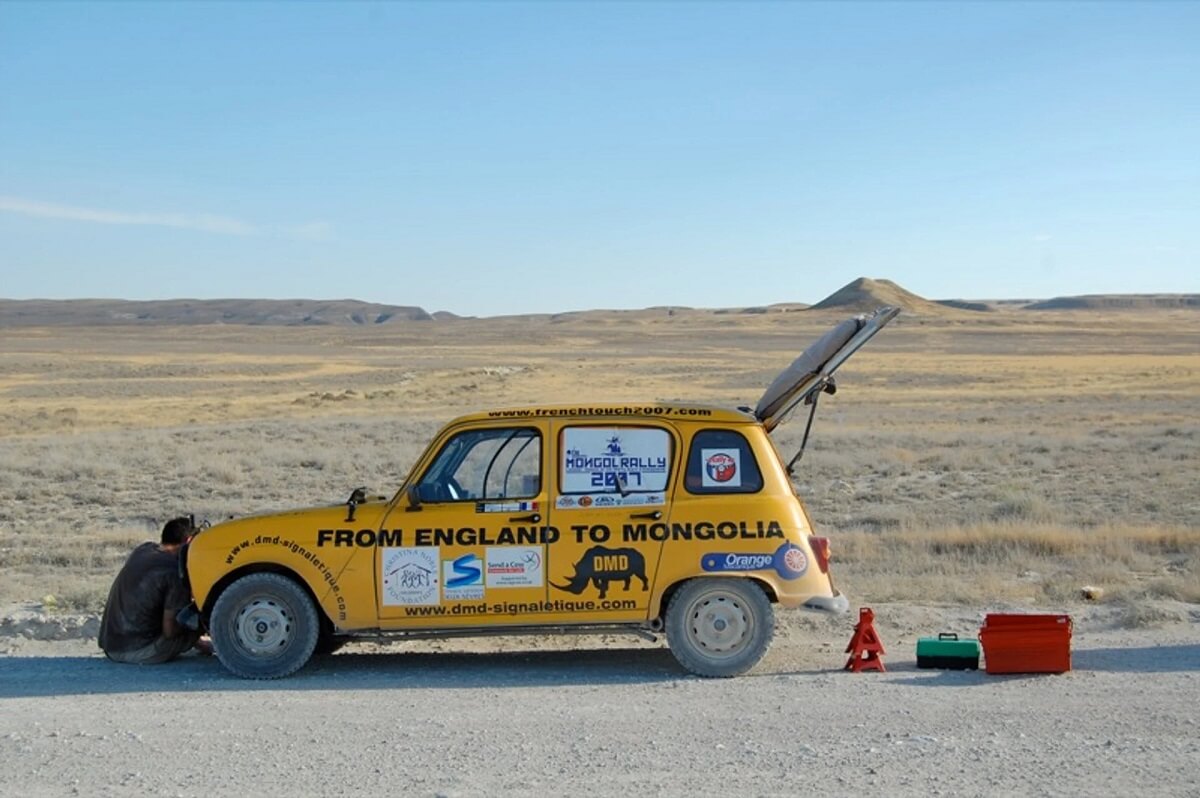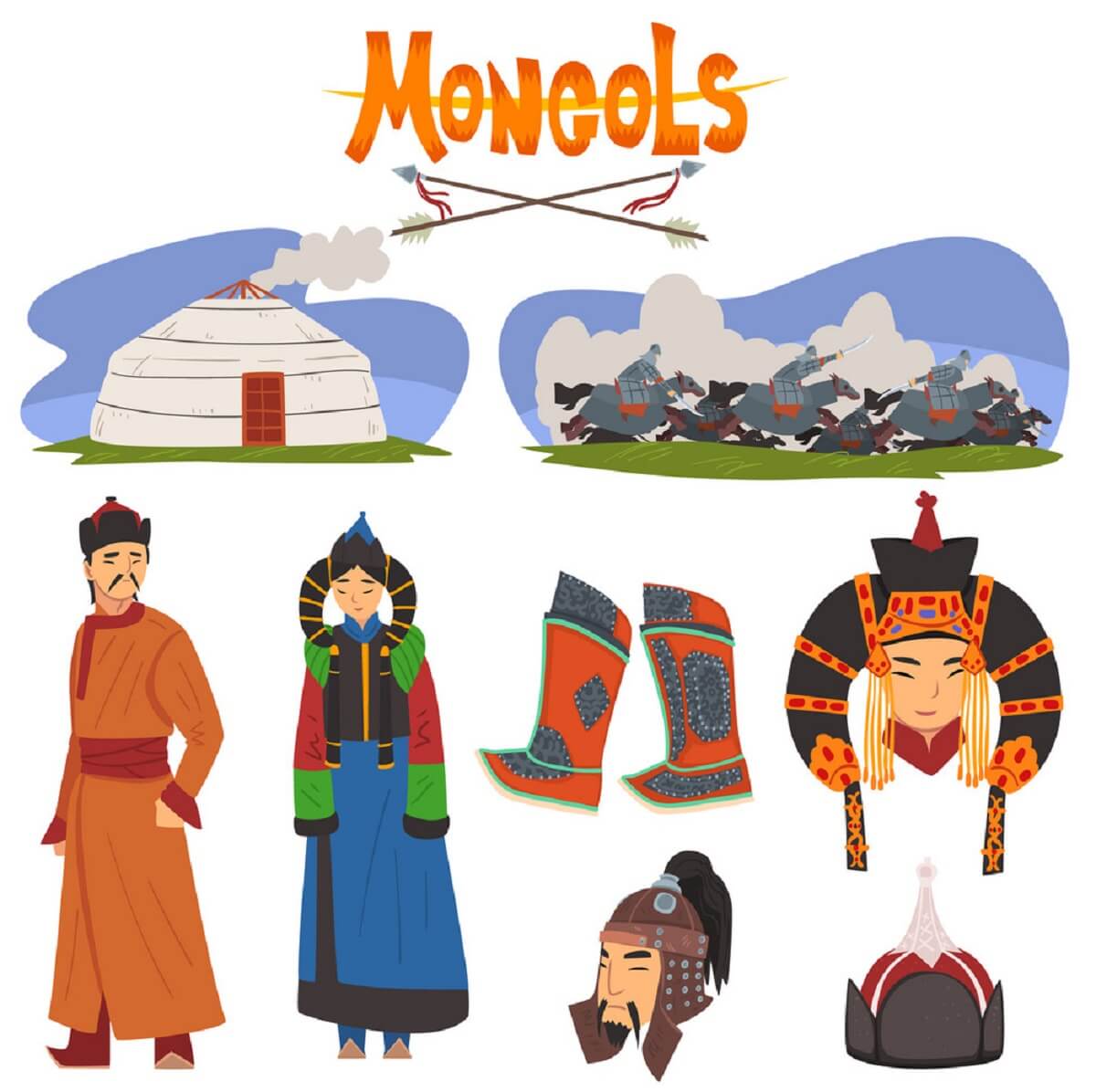Mongolia, a land where the wind whispers across vast steppes and rugged mountains, carries a cultural heritage as diverse and unique as its breathtaking landscapes.
Within this nomadic nation, traditional skills have been honed over centuries, passed down through generations, shaping the very essence of Mongolian identity.
Let’s embark on a journey to discover the fascinating tapestry of traditional skills that have withstood the test of time.
1. Nomadic Heritage: The Art of Yurt Construction
The heart of Mongolian nomadic life lies in the yurt, or ger. Crafted with meticulous precision, the construction of a yurt involves a wooden lattice, felt, and animal hides.
These portable dwellings are not merely homes but symbols of resilience, adapted to the nomadic lifestyle.
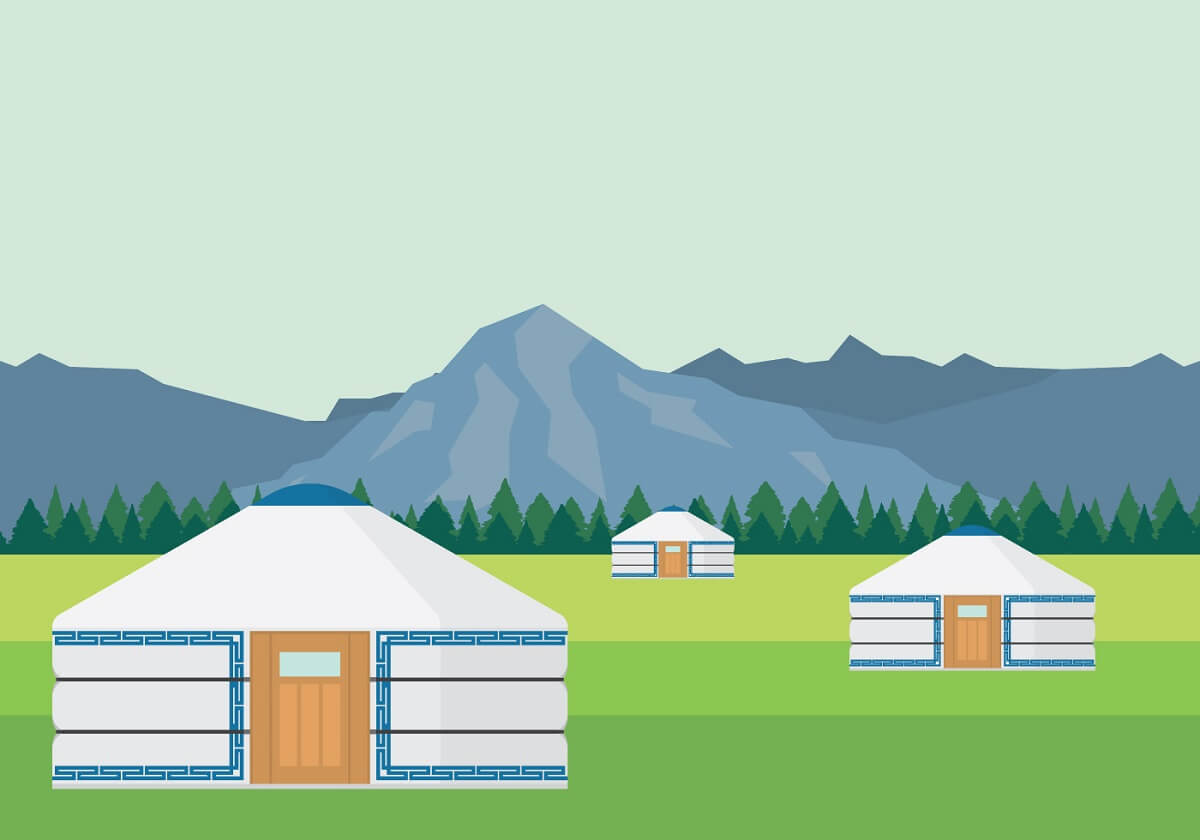

2. Galloping through History: Horsemanship
Horses are the lifeblood of Mongolian culture, and horsemanship is a skill deeply ingrained in the national identity.
From the legendary Mongol warriors led by Genghis Khan to modern-day nomads, the ability to ride and care for horses is both an art and a necessity.
3. Archery: Precision in Every Shot
Archery has been a cornerstone of Mongolian culture since the time of the Great Khan. Traditional bows made from wood, horn, and sinew are used in competitions that highlight skill and precision.
The Naadam Festival, a celebration of the “Three Manly Games,” prominently features archery.
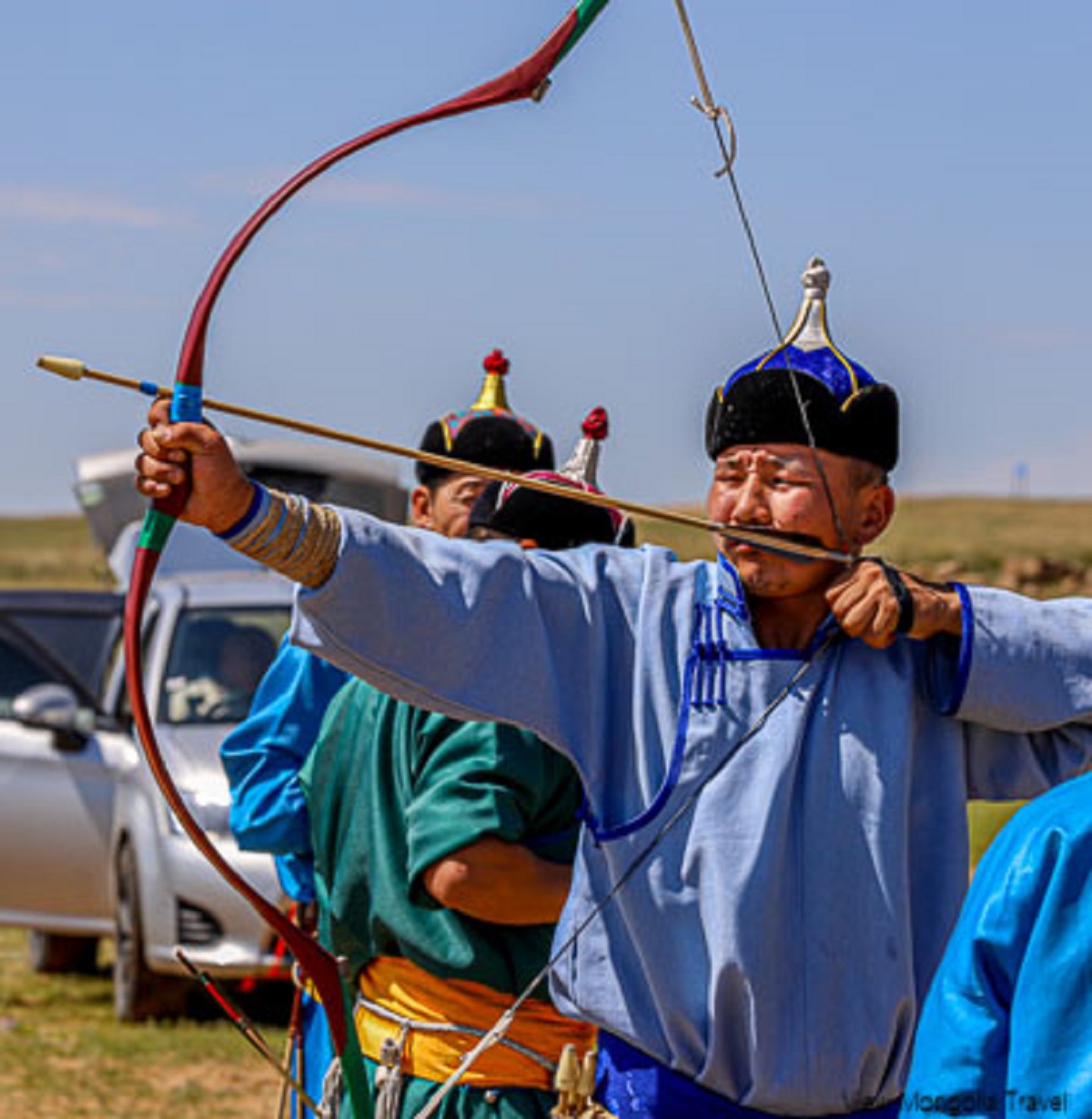
4. Mongolian Throat Singing: Harmonizing with Nature
The haunting melodies of Mongolian throat singing echo across the vast steppes. This unique vocal technique, known as “Khoomei” or “Höömii,” allows singers to produce multiple tones simultaneously, mimicking the sounds of nature.
It is a cultural treasure that captivates both locals and visitors alike.
5. Felt Craftsmanship: The Warmth of Mongolian Textiles
In a land where temperatures can plummet, felt craftsmanship is an essential skill. Nomads skillfully create felt from sheep wool, crafting warm garments, blankets, and intricately designed carpets.
These items not only provide protection against the harsh climate but also showcase the artistic prowess of the Mongolian people.

6. Mongolian Wrestling: The Art of Strength and Strategy
Mongolian wrestling, known as “Bökh,” is a traditional sport that blends strength and strategy.
Dressed in distinctive outfits, wrestlers aim to throw their opponents to the ground. The sport is a highlight of the Naadam Festival, drawing competitors from all corners of the country.
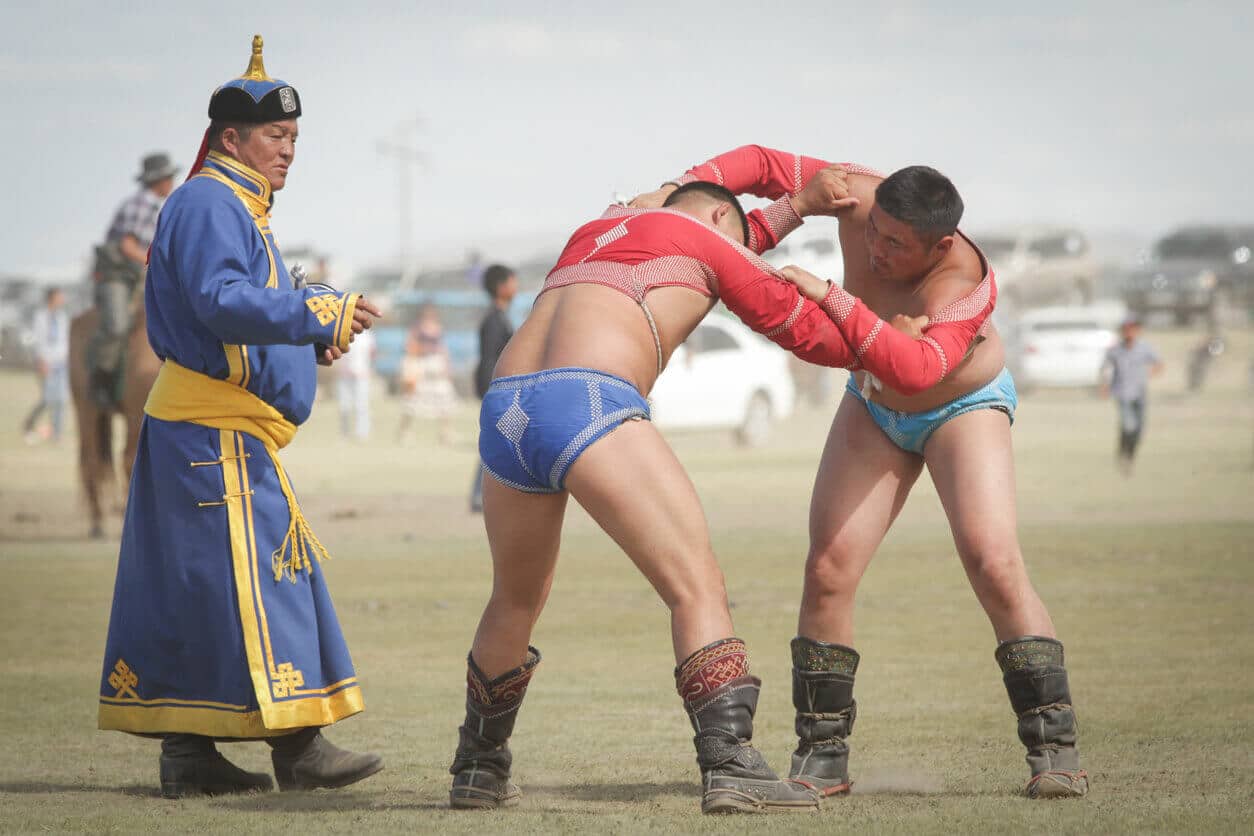
7. Gobi Desert Survival: The Wisdom of Herding and Foraging
Nomadic herding in the vast Gobi Desert requires a unique set of skills. Mongolian herders possess an intimate knowledge of the land, understanding how to navigate its challenges.
From herding livestock to foraging for edible plants, these skills sustain the nomadic way of life.
8. Falconry: The Ancient Bond between Man and Bird
In the sweeping landscapes of Mongolia, falconry is not just a sport; it’s a way of life. The Kazakh minority, in particular, has a rich tradition of training eagles for hunting.
The bond between the hunter and the majestic bird symbolizes the unity of nature and humanity.
9. Ornate Carpentry: Sacred Monasteries and Temples
Mongolia’s Buddhist heritage is reflected in the ornate carpentry of its monasteries and temples.
Skilled craftsmen create intricate woodcarvings that adorn sacred structures, telling stories of spirituality and history.
10. The Art of Dairy: Mare’s Milk and Aaruul
Mongolian cuisine revolves around dairy products, and the traditional skill of fermenting mare’s milk into “airag” and crafting dried curd snacks called “aaruul” is a culinary art. These dairy delights offer sustenance and cultural significance.
As we delve into the traditional skills of Mongolia, we find a vibrant tapestry woven with the threads of nomadic life, spiritual richness, and a deep connection to nature.
These skills, handed down through generations, continue to shape the cultural fabric of this remarkable nation, inviting the world to marvel at the resilience and ingenuity of the Mongolian people.
